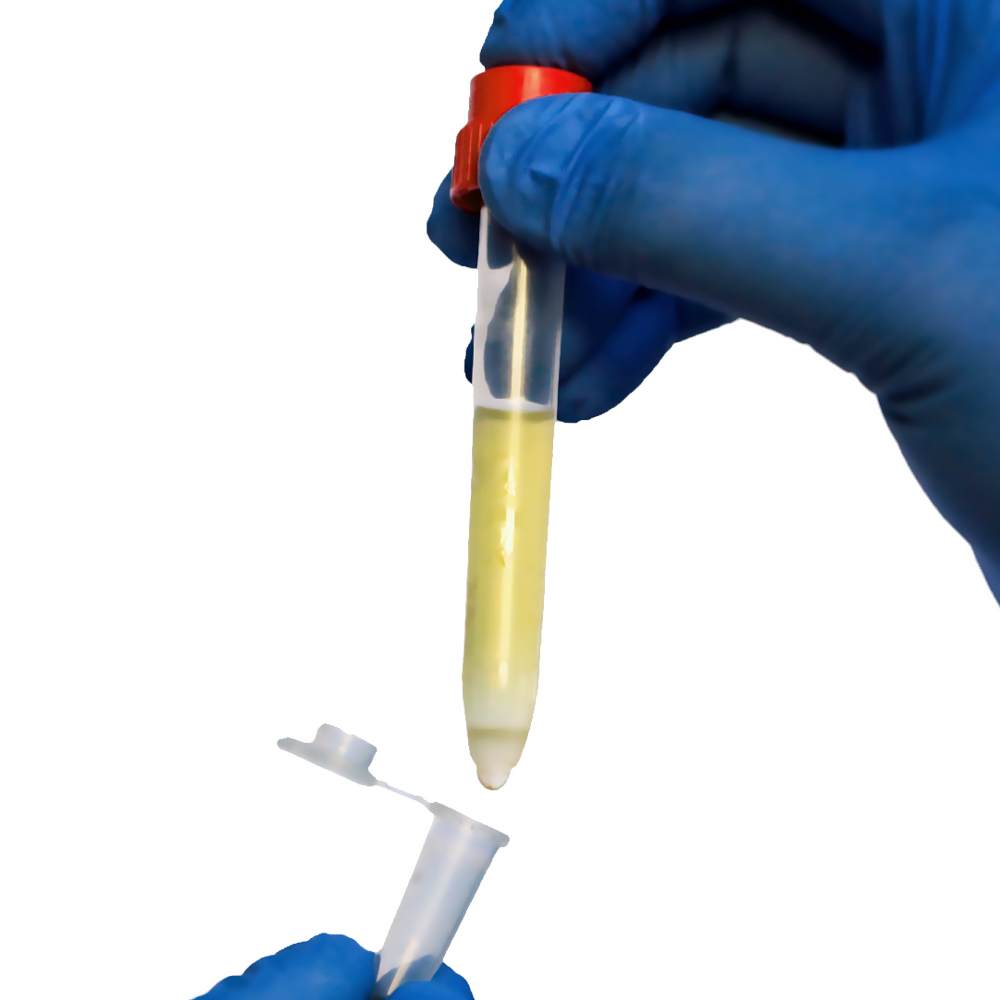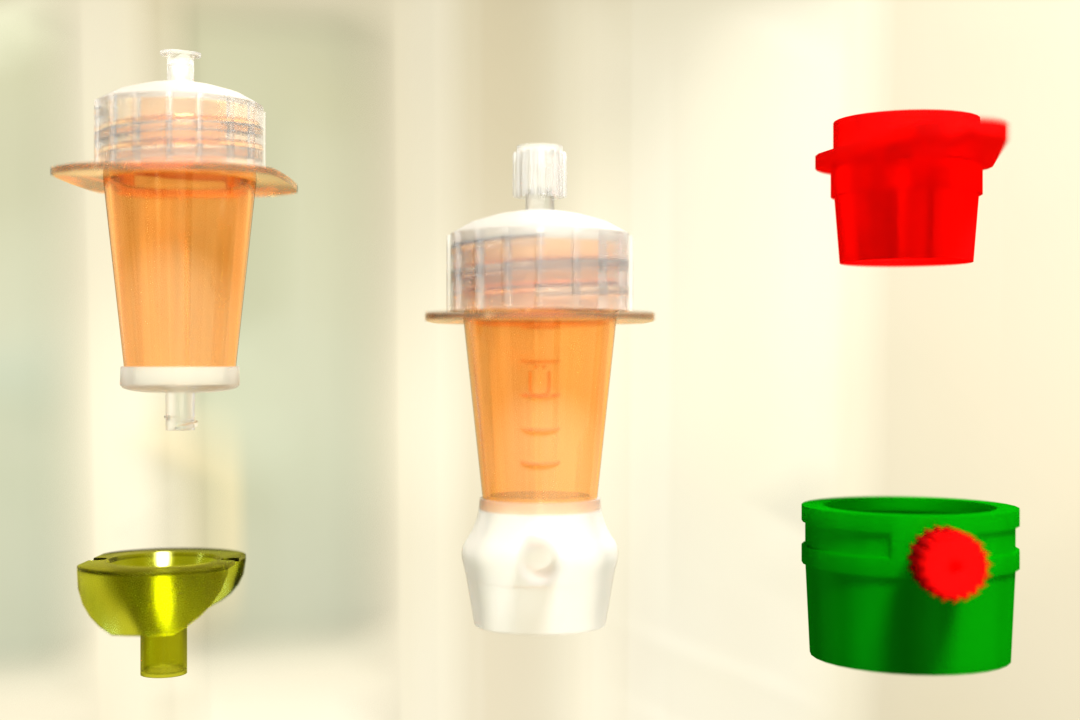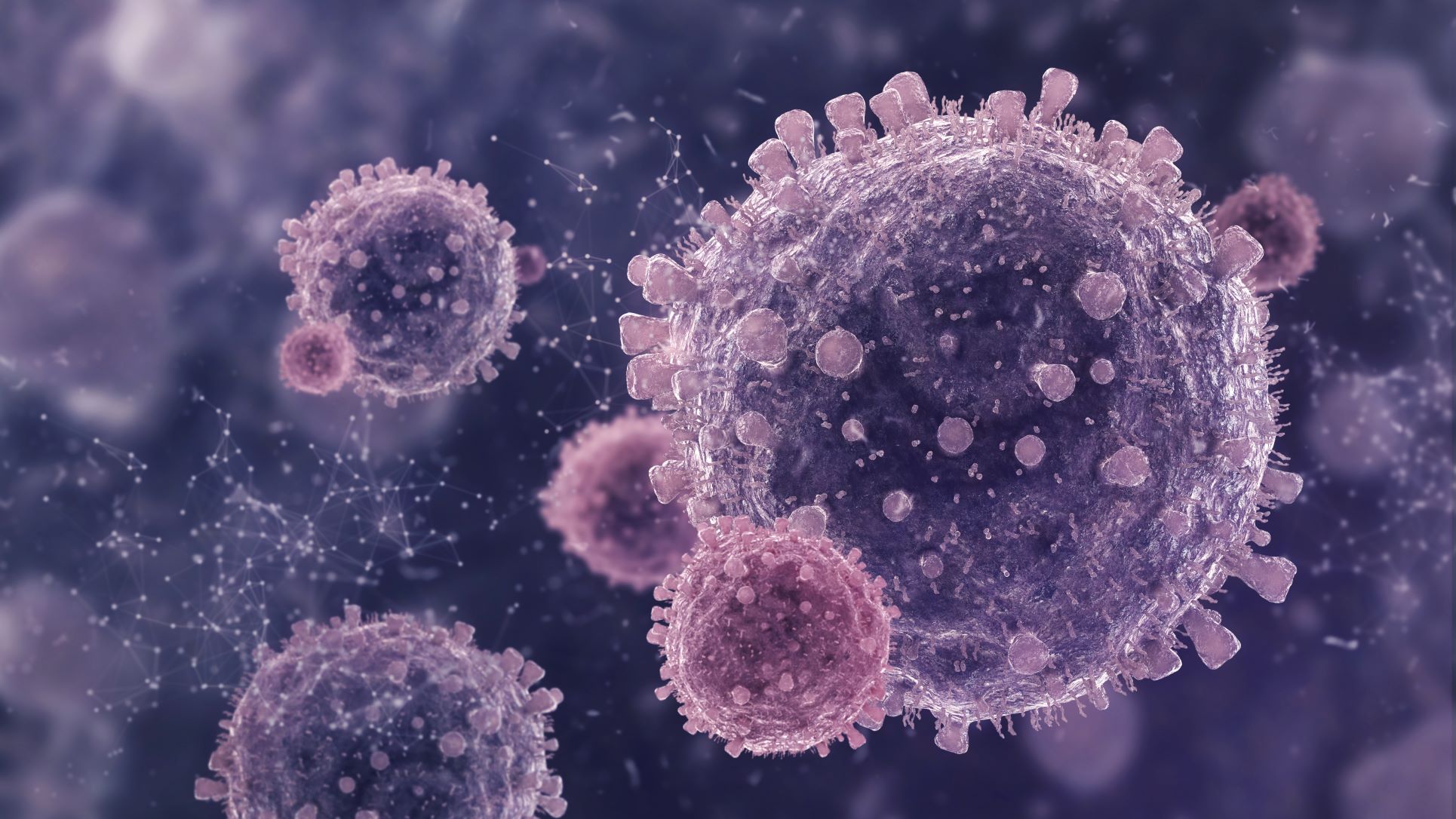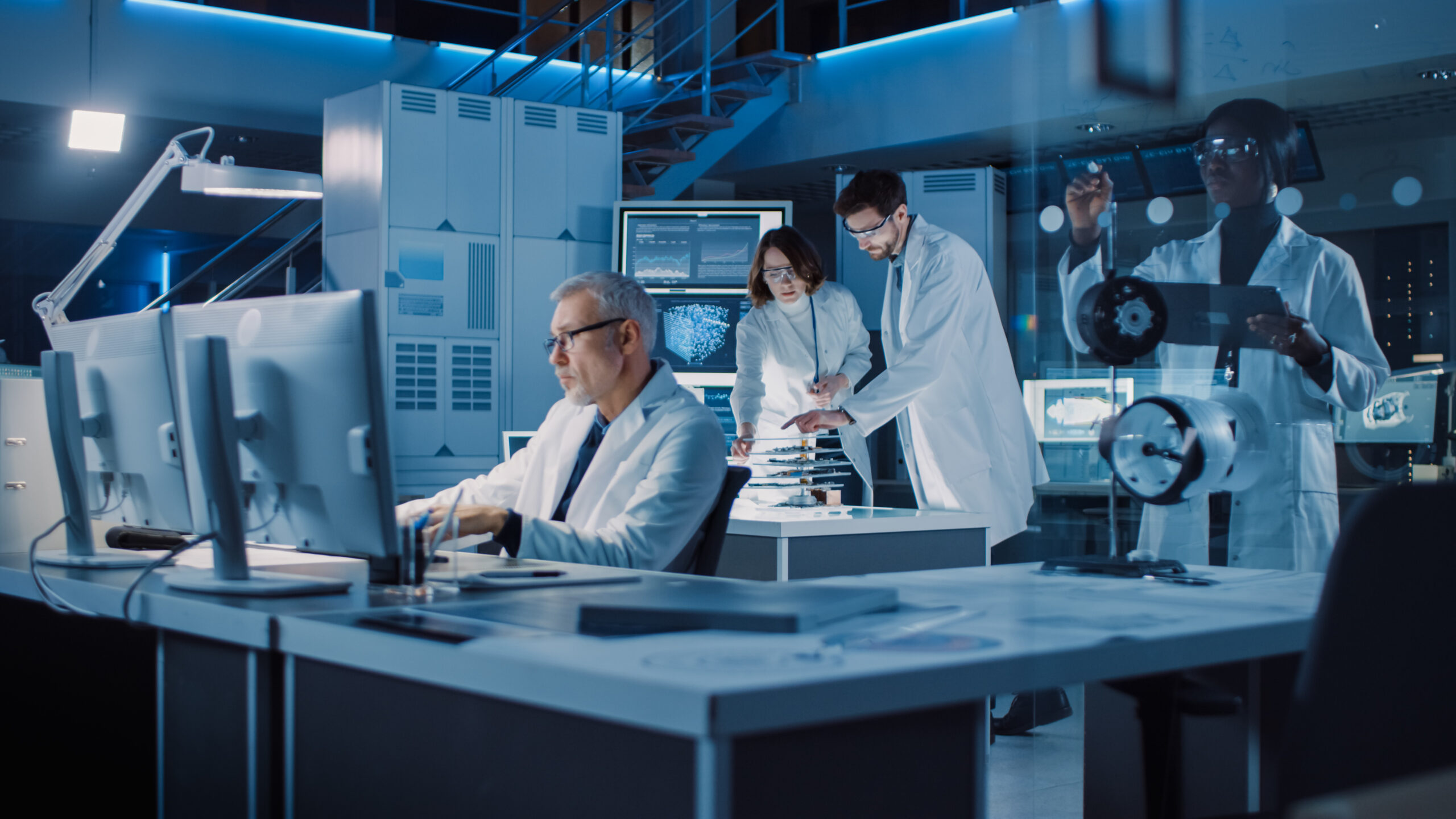Lab cell strainers are indispensable tools in sample preparation. This comprehensive guide explores their significance, the factors influencing the choice of pore size, and details of the various types of cell strainers available in the market.
In the dynamic world of laboratory research, achieving precise and reproducible results is paramount. Lab cell strainers play a crucial role in sample preparation, offering a versatile solution for filtering and purifying liquid samples. This blog explores the significance of lab cell strainers, the factors to consider when choosing the right pore size, and an in-depth look at various types of cell strainers available in the market.
What are lab cell strainers used for?
Lab cell strainers are indispensable tools for researchers involved in a myriad of applications, including cell culture, flow cytometry, tissue dissociation, and more. The primary purpose of this cell separation technology is to filter and separate particle or cell suspensions, ensuring the removal of cell aggregates, debris, and large particles from samples. By doing so, scientists can create a uniform, single-cell or particle suspension, thereby improving the accuracy and reliability of experimental results.
One of the significant advantages of using lab cell strainers is the prevention of instrument clogs. Clogged instruments can lead to inaccurate readings and compromised experimental outcomes. Additionally, lab cell strainers simplify sample preparation, making the process more efficient and consistent. These strainers come in a range of pore sizes, catering to the diverse needs of different samples and applications.
How do I choose the right pore size for a lab cell strainer?
Selecting the appropriate pore size is a critical aspect of effective sample processing using the best lab cell strainers. The choice of pore size depends on the size of the cells or particles you aim to retain or remove. For fine cell suspensions, smaller pore sizes (around 40-70 µm) are ideal, while larger pores (approximately 100-1000 µm) are better suited for isolating or retaining larger particles.
The specific application and the size characteristics of the cells or particles under investigation should guide the selection process. Taking the time to choose the right pore size ensures optimal performance and reliable results in your antibody cell separation experiments.
What are the different types of lab cell strainers available?
Lab cell strainers come in various types to cater to the diverse needs of different laboratory applications. Some common varieties include nylon mesh strainers, stainless steel mesh strainers, and cell-strainer tubes.
Nylon Mesh Strainers: These are typically disposable and suitable for routine laboratory tasks. They are convenient for one-time use and help prevent cross-contamination between samples.
Stainless Steel Mesh Strainers: Known for their durability and reusability, stainless steel mesh strainers are ideal for long-term use. They provide a cost-effective solution for labs with consistent straining needs.
Cell-Strainer Tubes: Integrated into a tube format, these strainers are convenient for specific workflows. They offer easy sample processing and are compatible with various tube sizes.
Now, let’s delve into specific cell strainers and their unique features:
pluriStrainer Mini – Cell Strainer
The pluriStrainer Mini is a specialized sieving device designed for small sample volumes. Its unique design allows it to fit on a wide range of tubes, including 1.5 ml/2.0 ml reaction tubes, 15 ml conical centrifuge tubes, FACS™ tubes, Cryo vials, 24 well plates, and 48 well plates. This versatility makes it a valuable tool for researchers working with limited sample quantities.
pluriStrainer
The pluriStrainer is a versatile sieving device with improved ventilation to prevent clogging during sample preparation. It can be stacked for direct filtration with different mesh sizes and inverted to recover the sieved material. For large sample volumes, it can be combined with a funnel and fits all major brand 50 mL centrifuge tubes. The combination of the pluriStrainer and the Connector Ring allows for low-pressure filtration, supporting various applications like tissue dissociation and cell treatment with lysis reagents.
Überstrainer
The Überstrainer goes beyond a typical cell strainer; it’s a sterile Sample Preparation Device designed to separate, isolate, concentrate, and process particles from complex or diluted suspensions. Its modular design offers versatility, and the air-tight screw cap with a Luer Lock connector allows the filtration of an unlimited amount of liquid. The Überstrainer can be easily separated from the device, fitting into a 50 ml tube and a 20 mm tissue plate cavity.
Syringe Strainer
Designed for large quantities, the Syringe Strainer is a sieving or filtration device that can be connected to a syringe or a tube. The screw cap with a Luer-Lock adaptor works under positive or negative pressure, providing flexibility in different experimental setups.
Membrane Strainer
Membrane Strainers offer a well-defined pore size exclusion limit (available with 1, 3, 5 & 8 μm pores), allowing precise filtration and detection of very small particles. These filters are non-hygroscopic, have low non-specific protein binding, and are biologically inert, making them suitable for various applications such as biological analysis, cytology, parasitology, and environmental analysis.
Re-Strainer (In-Line-Strainer)
The Re-Strainer is a filtration device with two Luer-Lock adaptors that can be used as an In-Line-Filter. Multiple Re-Strainers can be connected to form a filter cascade, offering the flexibility to handle high volumes of liquid and exclude or concentrate particles. The 6 ml recovery reservoir allows for easy access to recovered particles by unscrewing the cap.
Steel Basket Strainer
Made of fine stainless steel mesh, the steel basket strainer fits into standard 50 ml centrifuge tubes. Due to the chemical resistance of the steel, it is recommended for processes where plastic cell strainers are not suitable. The excellent mechanical stability of the steel basket strainer supports tissue dissociation, and it can be reused several times, with heat sterilization or autoclaving recommended.
Conclusion:
In the realm of laboratory research, the role of lab cell strainers in sample preparation cannot be overstated. These versatile antibody cell separation technology, available in various types and pore sizes, play a crucial role in ensuring the reliability and accuracy of experimental results. Researchers must carefully consider the specific needs of their applications when selecting the appropriate cell strainer. Whether it’s the pluriStrainer Mini for small sample volumes or the Überstrainer for complex suspensions, the right choice of cell strainer contributes to the success of scientific endeavors, making sample preparation more efficient and yielding consistent, high-quality outcomes.
 English
English French
French
 German
German
 Spanish
Spanish
 Belgium
Belgium
 Italian
Italian Brazil
Brazil Chinese Mandarin
Chinese Mandarin




